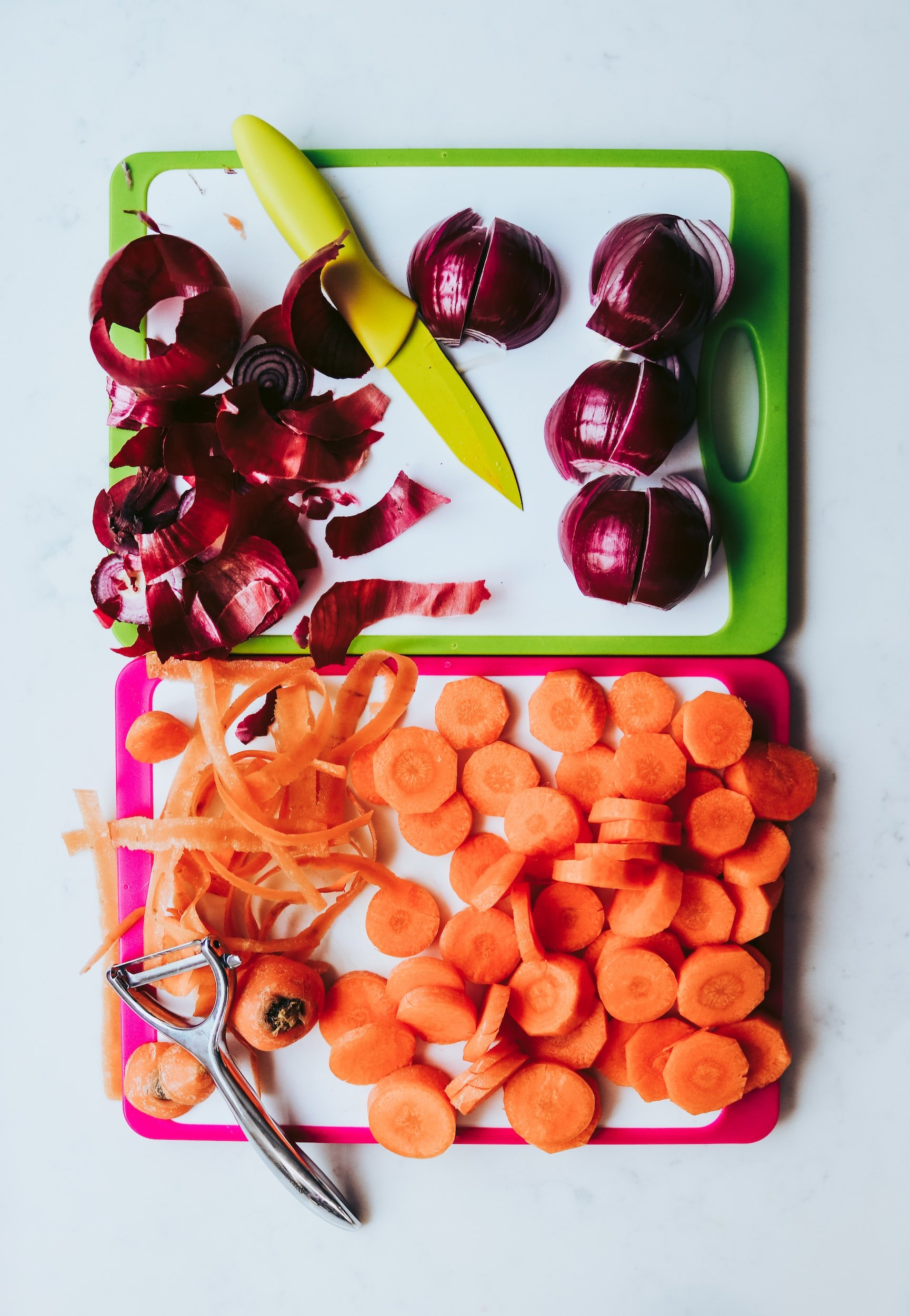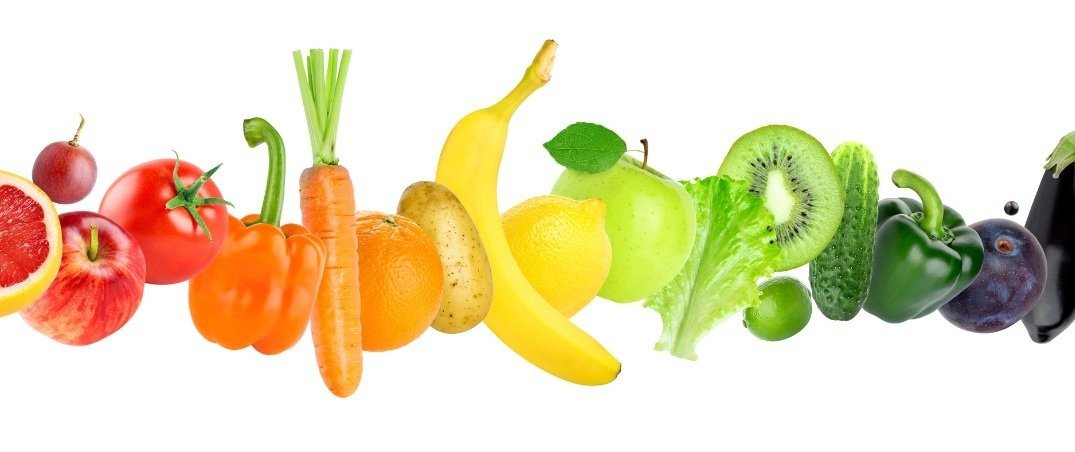School Unit: Root Vegetables
Welcome to the latest unit blog from Kids Cook!
In this unit we are highlighting root vegetables in a classroom tasting! Root vegetables are amazing, and there are so many different varieties and flavors to choose from! Roots are vital to all plants because they stabilize the plant, store energy, and absorb nutrients. Root vegetables have been a source of food for people for thousands of years because of their high nutritional content, ability to grow easily and how long they last when stored properly (think cold, dark, underground spaces). Keep scrolling, because we’re sharing some recipes and preparation tips, a kitchen science experiment and more!
Roasted Carrot and Cauliflower Salad
Roasting the vegetables at a high temperature brings out their natural sweetness and gives them a tender-yet-crisp texture.
TOOLS NEEDED:
1 cutting board
1 chef’s knife
1 medium bowl
1 set measuring spoons
1 juicer
1 wooden spoon
1 small bowl
1 whisk
INGREDIENTS:
3/4 lb roasted carrots (3 carrots)
3/4 lb roasted cauliflower
1/4 cup olive oil
1 Tbsp lemon juice
1/2 tsp kosher salt
1/3 cup fresh parsley
3 cloves garlic, minced
STEPS
To roast vegetables, roughly chop carrots and cauliflower. In a medium bowl, mix together carrots, cauliflower, and garlic cloves with oil, then spread onto a baking sheet or roasting pan. Cook in a 400°F oven for 20 to 25 minutes, turning vegetables so they cook evenly. They are finished when they are soft enough to be pierced with a fork or knife. Remove pan from oven and let cool to room temperature.
When the carrots and cauliflower have cooled, add them to a medium bowl.
Remove parsley leaves from stems, and roughly chop. Add to medium bowl.
Mince garlic cloves. In a small bowl, whisk together lemon juice, salt, and garlic. Add dressing to medium bowl and stir to combine.
How to… peel root veggies
First of all, you don’t have to peel most root vegetables.
In our root vegetable tasting, students are trying carrots, parsnips and even watermelon radish with the peel on!
If you don’t plan on peeling your vegetables, make sure you wash and scrub them well before eating. A vegetable brush or a nail brush is great for removing dirt from those rough, bumpy surfaces.
If you are going to be removing your vegetable peels, here’s a few safety rules to consider!
1. Hold the vegetable firmly in your non-dominant hand.
2. Hold the peeler in whatever hand you write with, and push the peeler down and away from your body across the vegetable.
Did you know? There’s usually a scoop or pointed edge on one end of the peeler - this is to help you remove problem spots or soft spaces on your veggies before you start to peel them!
Try This! Kitchen Science Experiment
Check out our veggie cook-off blog on vegetable cooking methods. You can compare how roasting, boiling, steaming and sautéing changes the flavor and texture of some of your favorite root vegetables. You can read more about the experiment and print out your own workbook to record your findings using the link below!
Root Vegetable Facts
Root vegetables have been around for thousands of years, and almost every continent and people group has a root vegetable that is native to their area! Both radishes and carrots are native to Asia, parsnips were first grown in Europe, and Jicama is from Mexico.
There are different kinds of root vegetables. A few of the common categories are taproots, which includes carrots, parsnips, and radishes; tubers like potatoes and yams; bulbs like onions and garlic; and rhizomes such as turmeric, ginger and wasabi!
Root vegetables are so versatile because they can grow in so many different climates! From tropical heat to places with short, cold growing seasons, root veggies can survive and offer an excellent source of nutrition worldwide.
Generally, root vegetables are low in fat and calories. They are a good source of carbohydrates and many contain phytonutrients (see below) that offer health benefits! As with other fruits and vegetables, the more vibrant a vegetable’s color is, the more nutrients it contains!
Nutrition Focus:
Phytonutrients - let’s eat the rainbow! 🌈
Phytonutrients describe nutrients that are naturally found in plants. They help keep the plants healthy and protect them from insects and the sun. They contain antioxidants and anti-inflammatory compounds that have lots of health benefits too. When we eat foods with phytonutrients, they help protect our bodies too!




